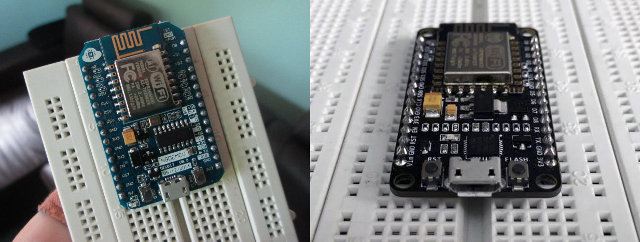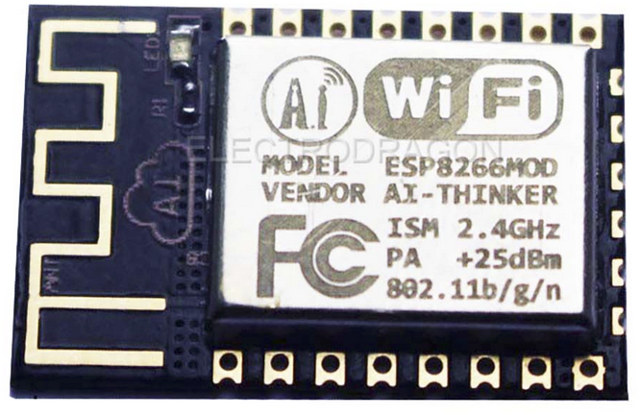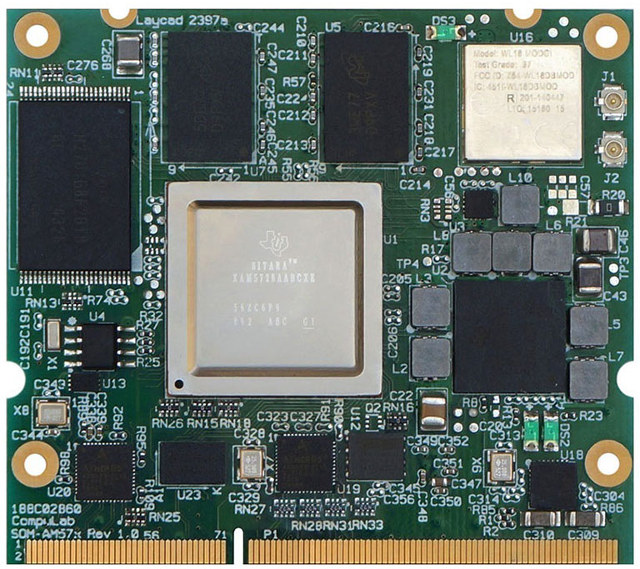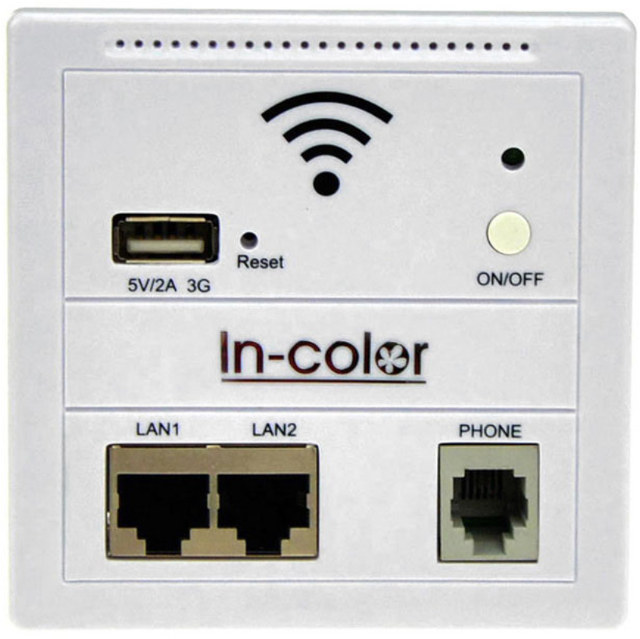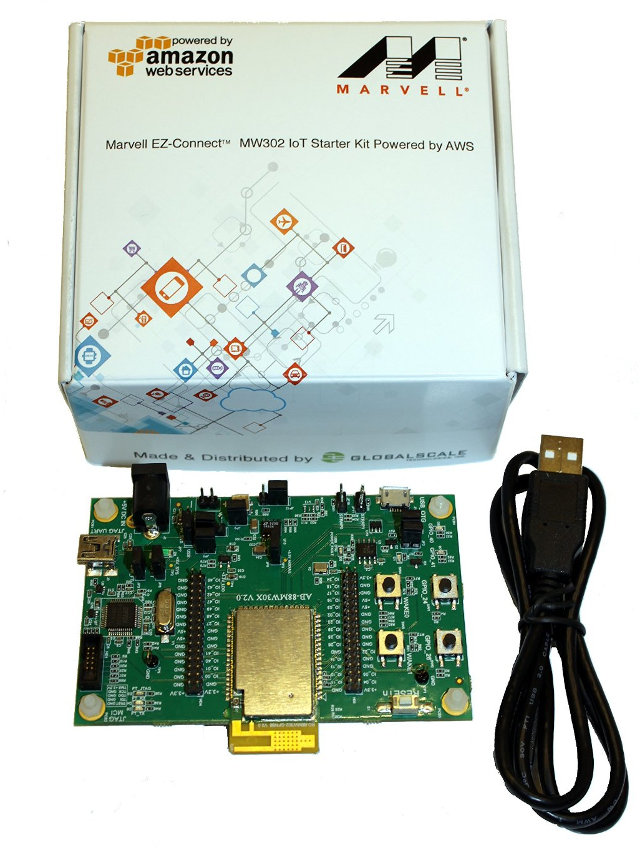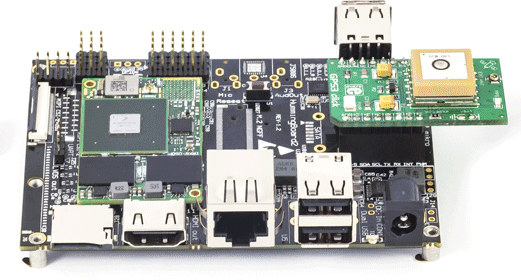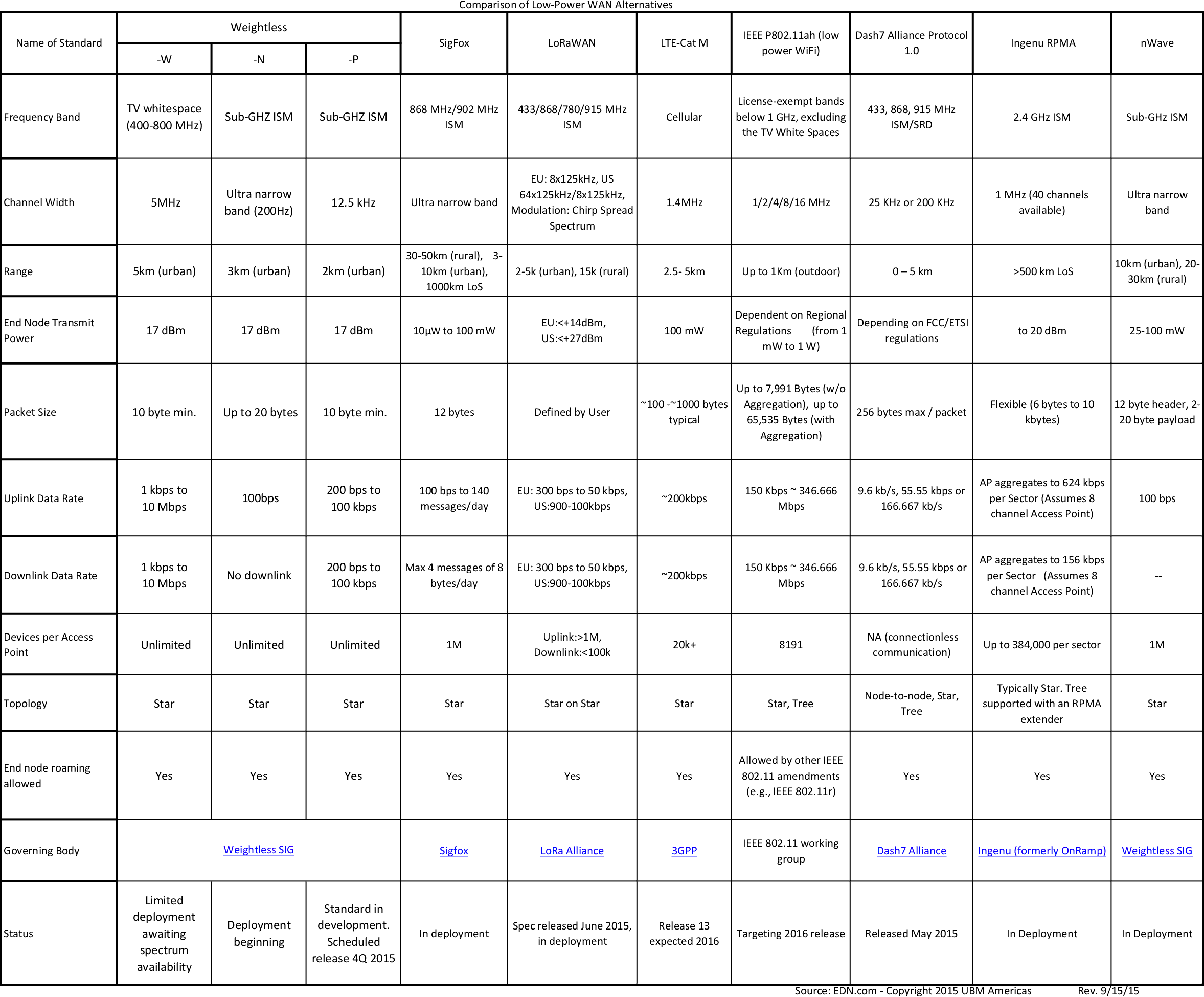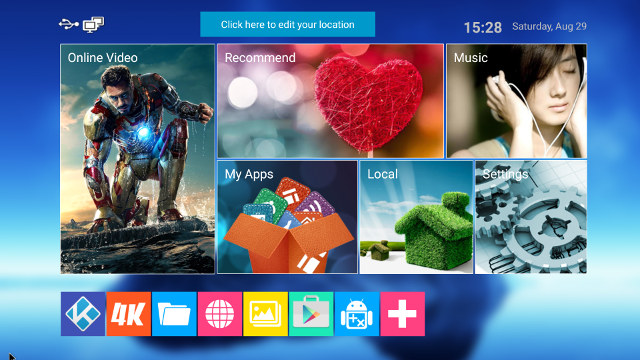Since ESP8266 is now so popular, I’ve recently bought a NodeMCU board to try it. I selected this board because the latest version of the board is breadboard-friendly, integrates a USB to serial chip, and it can be powered by a simple USB to micro USB cable. I also noticed a ESP8266 tutorial with NodeMCU firmware by SwitchDoc Labs the other day (using ESP-12 and Adafruit Huzzah), which I applied to my NodeMCU board, but since I encountered a few issues, I decided to report my findings, and write my own little getting started guide to switch on/off LED and GPIOs using a web interface. NodeMCU v0.9 and NodeMCU v1.0 If you are going to purchase a NodeMCU board it’s important to know there are two official versions: NodeMCU v0.9 with ESP-12 module NodeMCU v1.0 with ESP-12E module The main complain about NodeMCU v0.9 is that while it fits on […]
ESP-14 WiFi Module Combines ESP8266 with STM8S MCU
ESP8266 WiFi modules can be purchased for less than $3, while some STM8S 8-bit MCUs board sell for just above $1. A.I. Thinker decided to combine both by adding an STMicro STM8S003 micro-controller to ESP-12E module and called that ESP-14. ESP-14 specifications: WiSoC – Expressif ESP8266-EX WiSoC MCU – STMicro STM8S003F3P6 8-bit MCU @ 16 MHz with 1KB RAM, 8KB flash, and 128 bytes EEPROM Connectivity – 802.11 b/g/n WiFi I/Os – STM8: 15 GPIOs also supporting I2C, SPI, UART, and up to 5 10-bit ADC ESP8266: E_GPIO0 to select operating mode (running or download) Power Supply – 3.3V Power Consumption – System Standby mode 70 mA; 0.5 μA shutdown @3.3V Dimensions – 24 x 16 mm STM8S controls ESP8266 by AT commands, and all but one of the I/Os are directly connected to STM8S. I can see at least two advantages: 5 ADC inputs are available, and for battery […]
Compulab Unveils Texas Instruments Sitara AM5718 / AM5728 SoM and Single Board Computer
After last week formal launch of Texas Instruments Sitara AM572x processor, and Beagleboard-X15 development board, Compulab has now introduced CL-SOM-AM57x System-on-Module based on TI Sitara AM5718 or AM5728 SoC, as well as the corresponding SBC-AM57x single board computer. Both target industrial automation and control systems, and network connectivity options also make them suitable for networking, communications and IoT applications. CL-SOM-AM57X module specifications: SoC – Texas Instruments Sitara AM5728 or AM5718 SoC with: Dual (AM5728) or single (AM5718) Cortex A15 processor @ up to 1.5 GHz Dual core PowerVR SGX544 3D GPU, Vivante GC320 2D GPU Two Cortex M4 cores @ 212 MHz Dual TMS320C66x DSP @ 700 MHz Video IVA-HD 1080p video sub-system Four 32-bit PRUs (Programmable Real-time Units) System Memory – 512MB to 4GB DDR3 Storage – 4 to 32GB on-board eMMC, 512MB to 1GB on-board SLC NAND Connectivity – On-board WiFi 802.11a/b/g/n + Bluetooth 4.1 BLE (TI WiLink […]
$24 Wall Socket Router Includes WiFi, Ethernet, USB, and a Phone Jack
There are already several small routers or repeater that you can connect to a wall socket, but that’s not what I’m taking about here, as I’ve been informed about a wall socket, or gang box, being the router itself. It supports 802.11 b/g/n WiFi, and features two RJ45 Ethernet ports, an RJ11 phone jack, and a USB port for 3G dongle or charging mobile devices. “In-color” wall router specifications and features: SoC, memory and storage – Unknown Connectivity 802.11 b/g/n with support for WiFi relay, WiFi hotspot 2x Ethernet LAN ports (external), 1x Ethernet WAN port (internal) RJ11 phone jack USB – USB port up to 5V/2A for charging, USB mass storage, or a 3G USB dongle Misc – Power on/off button for USB port?, two terminal blocks for mains and phone line. Power Supply – AC 110V-240V or PoE The product description also mentions the router supports cloud storage, […]
Marvell EZ-Connect MW302 IoT Starter Kit Supports AWS IoT Cloud Services
Amazon has just launched AWS (Amazon Web Services) IoT (Beta), a cloud platform that lets connected devices securely interact with cloud applications and other IoT devices. As pasrt of the announcement, they also released AWS IoT SDK that comes in three flavors: Embedded C SDK for C-based platforms such as Linux, RTOS, with variants for OpenSSL and mbed TLS. JavaScript SDK in Node.js Arduino Yún SDK. Ten started kits are currently officially supported by AWT IoT, many of them being existing platforms such as LinkIt One, BeagleBone Green, Intel Edison, or TI LaunchPad CC3200, with several of these kits including SeeedStudio’s Grove modules. One of the kits that’s completely new, at least to me, is Marvell EZ-Connect MW302 IoT Starter Kit which include a mini USB to USB cable, and Marvell 88MW302 development board with the following (preliminary) specifications: SoC – Marvell EZ-Connect MW302 ARM Cortex-M4 WiSoC with 512KB SRAM […]
HummingBoard Gate Boards Add a mikroBUS Socket to Support MikroElektronika Click Boards
SolidRun already released HummingBoard-Base, HummingBoard-Pro, and HummingBoard Edge previously, but the company has now launched another version of their Freescale i.MX6 based boards with HummingBoard Gate that adds a mikroBUS socket to support over 150 add-on boards – called Click Boards – made by MikroElektronika. HummingBoard Gate specifications: SoC – Freescale i.MX6 Solo, Dual Lite, Dual, or Quad with Cortex-A9 cores @ 1 to 1.2 GHz System Memory – Up to 4GB DDR3 Storage – Micro SD slot Connectivity – Gigabit Ethernet (limited to 470Mbps), optional WiFi/Bt module Video Output – HDMI output, MIPI-DSI connector Camera – MIPI CSI-4, parallel camera USB – 4x USB 2.0 ports Expansion mPCIe slot with SIM card holder 36-pin GPIO header mikroBUS click interface Misc – Reset button, RTC with battery Power – 7-36V, 5.5mm jack Dimensions – 102 x 69 mm As usual, the board is comprised of a baseboard and a microSOM, […]
Comparison Table of Low Power WAN Standards for Industrial Applications
WiFi, Bluetooth and Zigbee are commonly found in consumer devices part of the “IoT ecosystem”, but the range, cost, power consumption, and/or scalability of these wireless standards are not suitable. For example, agricultural and forestry applications normally require long distance, and smart parking or city lighting may requires scalability to a great number of nodes, so alternatives are needed. EDN wrote a thorough article comparing 10 alternative wireless standards: Weightless-W, Weightless-N, Weightless-P, SigFox, LoRaWAN, LTE-Cat M, IEEE P802.11ah, Dash7, Ingenu RPMA, and nWave. The table includes the frequency band, channel width, range, transmit power, packet size (minimal or maximal), downlink and uplink data rates, maximum number of connected devices, topology, roaming capability, and status. If you had to implement something today, four to five solutions are “in deployment”: SigFox, Ingenu RPMA, nWave, LoRa, and possibly Dash7, while the other are only starting to get deployed, or will be finalized in […]
Tronfy MXIV Telos TV Box Review with Android 5.1
Tronfy MXIV Telos is a TV box powered by Amlogic S812 processor running Android 5.1 Lollipop and costing just above $90 (with coupon), so it will be interesting to find out how it performs compared to Mygica ATV1900AC also based on Amlogic S812 SoC, and Android Lollipop firmware (version 5.0.2), which I reviewed recently, and sells for $169. I’ve already checked the hardware in Tronfy MX4 Telos Unboxing and Teardown, so today I’ll check how the device actually performs. First Boot, Settings and First Impressions I started by connecting peripherals: A USB hard drive to one of the USB port, and a USB hub to the other USB port with a webcam, and two RF dongles for an air mouse and a wireless gamepad, as well as HDMI and Ethernet cables, and the power supply. I then had to press the power button on the unit to start it up, […]


